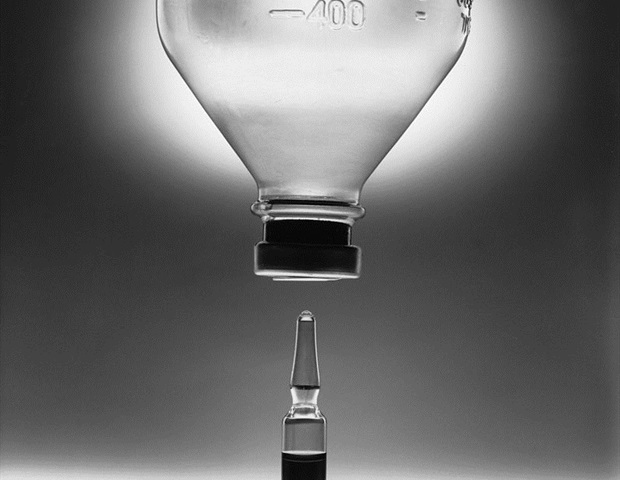
Tanzania develops winning model against maternal and newborn deathsTanzania | MELODY CHIRONDA | A groundbreaking study published in the New England Journal of Medicine shows that an innovative health program in Tanzania – centered on regular, on-the-job training for healthcare workers – reduced maternal deaths by 75% and early newborn deaths by 40%.The three-year study, conducted across 30 high-burden healthcare facilities in Tanzania, tracked approximately 300,000 mother-baby pairs under the Safer Births Bundle of Care (SBBC) programme. The programme focuses on improving care for mothers and babies during the day of birth, the critical time when a woman goes into labour and delivers her baby.
Maternal health is a key focus of the United Nations Sustainable Development Goals (SDGs), specifically Target 3.1, which aims to reduce the global maternal mortality ratio to fewer than 70 deaths per 100,000 live births by 2030.Tanzania’s program combines continuous, simulation-based training for frontline healthcare workers alongside innovative clinical tools to improve labour monitoring (fetal heart rate monitoring) and newborn resuscitation.

It also uses data to drive ongoing improvements, ensuring that healthcare workers have the skills, confidence, and competence to manage birth-related complications for both mothers and newborns.“We work closely with healthcare workers, equipping them with the necessary tools to improve the quality of care, ensuring they can effectively manage both mothers and babies during and after childbirth,” Dr. Benjamin Kamala, the Senior Research Scientist at Haydom Lutheran Hospital and Principal Investigator for the program.
The published study demonstrates the “transformative impact” of the programme.“To give you a sense of the scale of the burden of maternal and newborn mortality in Tanzania when the Safer Births Bundles of Care program was in early development in 2015/16, there were around 556 maternal deaths per 100,000 live births and 25 neonatal deaths per 1,000 live births,” says Dr Kamala.Maternal deaths at the start of the program were recorded at 240 per 100,000 live births, with postpartum hemorrhage and hypertensive disorders being the leading causes of death, he said.
Over the 24-month study period, this number dropped to approximately 60 per 100,000 live births, representing a 75% reduction. The number of newborn deaths – which are primarily due to breathing difficulties and complications related to prematurity – declined by 40% – from 7 deaths per 1,000 live births to 4 deaths per 1,000 live births.“These results are remarkable,” Dr.
Kamala said.Dr. Kamala said Geita and Manyara regions that had a high burden of stillbirths and neonatal deaths were ideal targets for focused intervention.
He said where some health facilities previously reported inaccurate data due to the fear of blame and shame, the project’s implementation led to accurate reporting.Dr. Kamala said Tanzania’s remarkable progress in reducing maternal mortality by 80% is driven by strategic investments and innovative programs focused on improving maternal and child survival rates.
“Over 2,000 new healthcare facilities have been developed, free health services are being provided to expectant mothers and children under the age of five, and emergency obstetric care – including better transport to hospitals in rural areas are helping to ensure timely, life-saving interventions.Scaling beyond bordersThe program was made possible by the support of the Global Financing Facility for Women, Children, and Adolescents, Norad, UNICEF, and Laerdal Global Health, as well as the Ministry of Health and Haydom Lutheran Hospital.Their partnership and investment enabled the scaling to 30 hospitals and supported the research.
The government has now scaled the program to over 150 sites with expansion plans to more three regions this year, followed by a nationwide rollout. The program is implemented across five regions in Tanzania.Dr.
Kamala said they are delighted by the results and hope that other countries adopt and scale the Safer Births Bundle of Care program.“Beyond the numbers, the Safer Births Bundle of Care program has fostered a dramatic culture shift in our healthcare system,” he said, “Healthcare workers are now more confident and better equipped to handle birth-related complications for both mothers and babies.”In Nigeria, the program has already been launched in two states, Gombe and Borno, marking a significant step in its scaling.
The program has also attracted interest from other countries, with Botswana, Ethiopia, Lesotho, and NamibiaDr. Kamala outlined key policy recommendations that other governments can adopt to prioritise maternal health.“Firstly, it focuses on cost-effective and relatively simple interventions that are essential to preventing maternal and newborn deaths.
For example, stronger primary healthcare that is delivered in the community and a well-trained healthcare workforce are also critical. Additionally, working in close collaboration with national, regional, and local health authorities is key.”He said the program was successfully scaled and sustained by aligning the initiative with national guidelines for obstetrical and newborn care.
In addition, the creation of mentorship programs and regular supervision has helped to sustain the results.****Source: AllAfrica.comShare on: WhatsAppThe post Inside a life-saving birthcare model appeared first on The Independent Uganda:.
.















